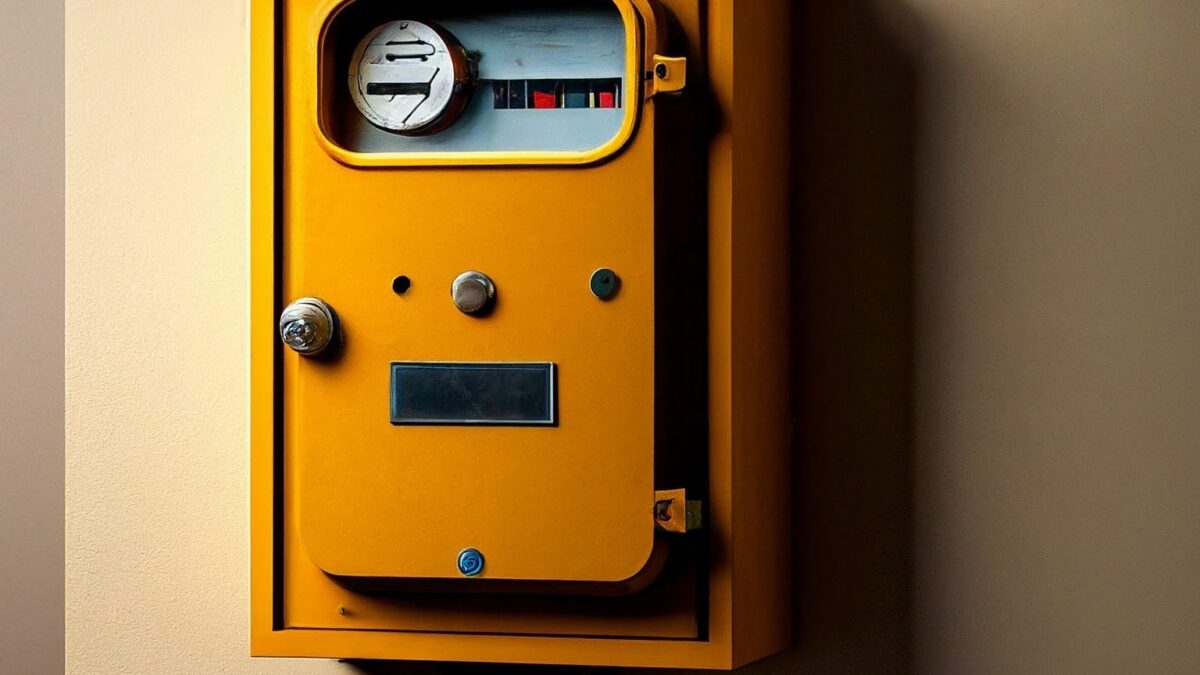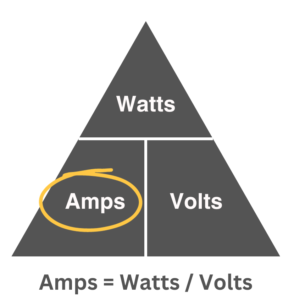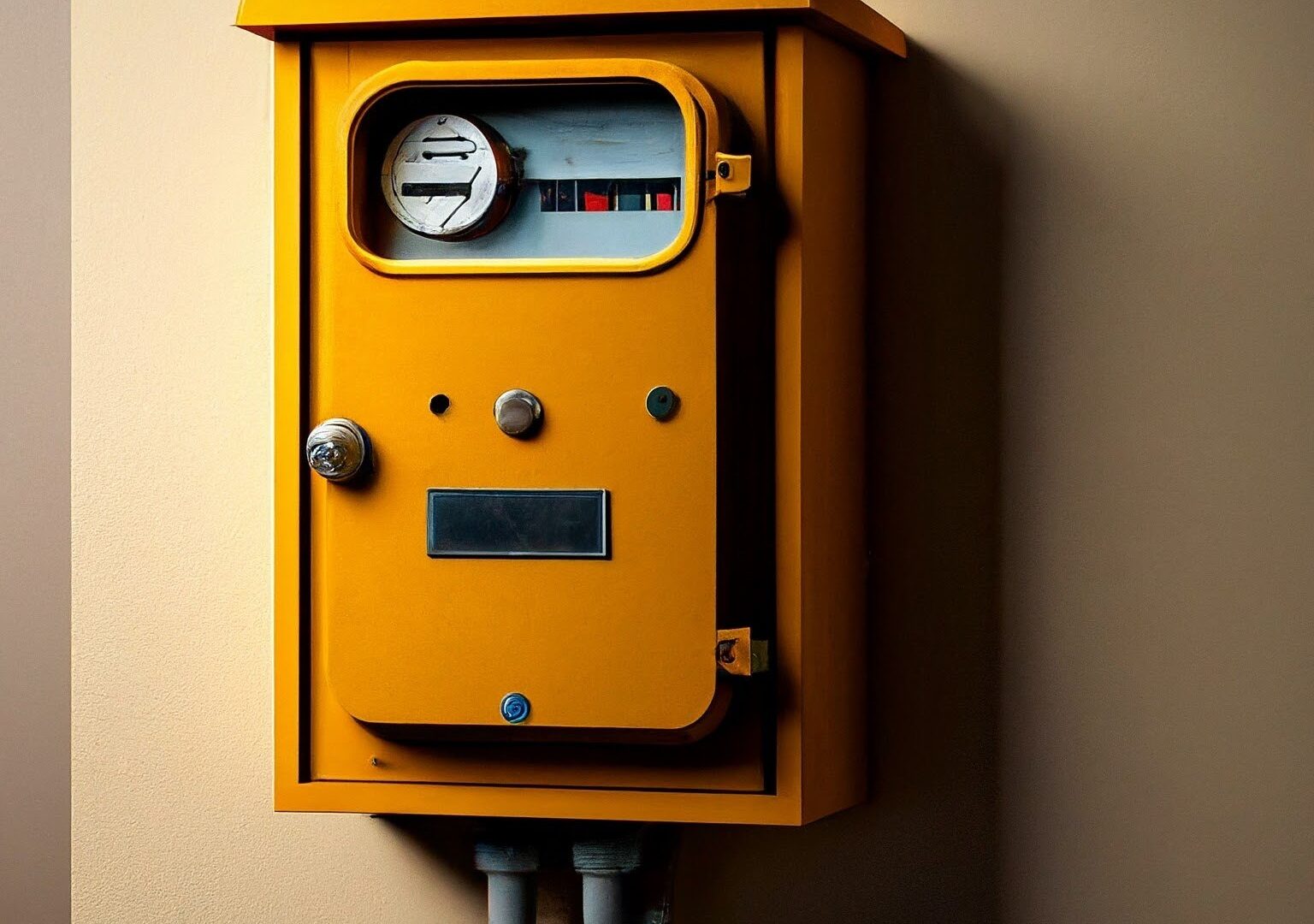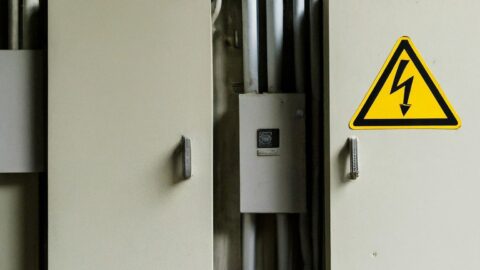Have you ever wondered how much energy your appliances consume? Or why do some outlets have different amperage ratings? Understanding the basics of electrical power measurement is key to energy efficiency and safety in your home.
Today, we’ll demystify the key players: amps, volts, and watts. We’ll unravel their interconnected roles in powering your daily life. By the end, you will have a clear understanding of these electrical terms and be able to use them correctly in your work.

Understanding the Difference
Understanding how electricity works might seem intimidating, but three key terms come to the rescue: watts, volts, and amps. They each tell us something different about the electrical flow powering our devices.
What is a Volt?
Volts, represented by the symbol “V”, is the unit of measurement for voltage. Voltage is the force or pressure that pushes electricity through a circuit. Similar to the pressure in a water pipe that causes water to flow.
In simple terms, volts measure the potential difference between two points in an electrical circuit. The higher the voltage, the more force there is pushing the electricity through the circuit.
What is an Amp?
Amps, represented by the symbol “A”, is the unit of measurement for electric current. Electric current is the flow of electricity through a conductor, such as a wire. Similar to the amount of water flowing through a pipe.
In other words, amps measure the rate at which electricity is flowing through a circuit. The higher the amps, the more electricity is flowing through the circuit.
What is a Watt?
Watts, represented by the symbol “W”, is the unit of measurement for power. Power is the rate at which energy is used or produced. In an electrical circuit, watts measure the amount of energy that is being used or produced by the flow of electricity.
To put it simply, watts measure how much work is being done by the electricity in a circuit. The higher the watts, the more work is being done.
The Correlation between the Three
Think of amps, volts, and watts as a team working together to power your devices. A higher amp rating allows for more current flow, but without enough voltage (pressure), the power (watts) remains limited.
Similarly, a strong voltage (high pressure) alone won’t do much without enough current to generate significant power (watts). They all play a crucial role in delivering the necessary electricity to run your appliances.
Key Formulas in Electrical Measurements
Here are the key formulas involved in electrical measurements with watts, volts, and amps:
1. Power (Watts) Formula

This formula calculates the power consumption or delivery. Multiply the current flowing through a conductor (amps) by the electrical pressure pushing it (volts) to get the total power (watts).
Example: A hair dryer draws 10 amps of current when plugged into a 120-volt outlet. To determine its power consumption, use the formula:
Watts = Amps x Volts
Watts = 10 A x 120 V
Watts = 1200 W
Therefore, the hair dryer consumes 1200 watts or 1.2kW of power. Same as other measurements, to convert kilowatts to watts, you multiply it by 1000.
2. Voltage (Volts) Formula

This formula allows you to calculate the voltage needed to deliver a specific amount of power at a given current. Divide the desired power (W) by the current flowing (A) to get the required voltage (V).
Example: Some rice cookers with 1000W heating elements might draw as little as 4.1 amps. To calculate the value of 1000 watts to volts, use this formula:
Volts = Watts / Amps
Volts = 1000 W / 4.1 A
Volts = 244 V
This rice cooker wouldn’t function effectively on a standard 120-volt outlet. It would require a dedicated 240-volt outlet to utilize its full 1000-watt capacity.
3. Current (Amps) Formula

This formula helps you determine the current needed to deliver a specific amount of power at a given voltage. Divide the desired power (watts) by the available voltage (volts) to get the required current (amps).
Example: The electric heater operates at 120 volts and has a power rating of 1.5 kW. To calculate 1.5 kilowatts to amps, use the formula:
Amps = Watts / Volts
Amps = 1500 W / 120 V
Amps = 12.5 A
Therefore, the electric heater will draw 12.5 amps of current.
Additional Formulas:
- Resistance (Ohms) = Volts (V) / Amps (A). This formula measures the opposition to current flow in a conductor. Learn more about Ohm’s Law here.
- Energy (Joules) = Watts (W) x Time (Seconds). This formula calculates the total energy consumed or delivered over a specific time period.
Why Is It Important to Understand the Difference?
Understanding the difference between the three is crucial for anyone working with electricity. Here are a few reasons why:
Safety
Electricity can be dangerous, and understanding the fundamentals of the three can help you stay safe. Knowing the voltage of a circuit can help you determine the safety precautions to take when working with it.
Efficiency
By understanding the relationship between watts, volts, amps, you can make more informed decisions about the electrical equipment you use.
For example, if you know the power (watts) of a device, you can calculate the voltage and current needed to power it. It’ll help you choose the right power source.
Troubleshooting
When something goes wrong with an electrical circuit, understanding the three can help you troubleshoot the issue.
By knowing the relationship between these terms, you can identify where the problem may be. You can also make the necessary adjustments to fix it.
Conclusion
In conclusion, volts, amps, and watts are three fundamental terms in the world of electricity. Understanding the difference between these terms is crucial, as it can help with safety, efficiency, and troubleshooting.
Next time you come across these terms, you will have a better understanding of the electrical systems you work with. Also, you’ll be able to use these terms correctly in your work.




Leave a Reply